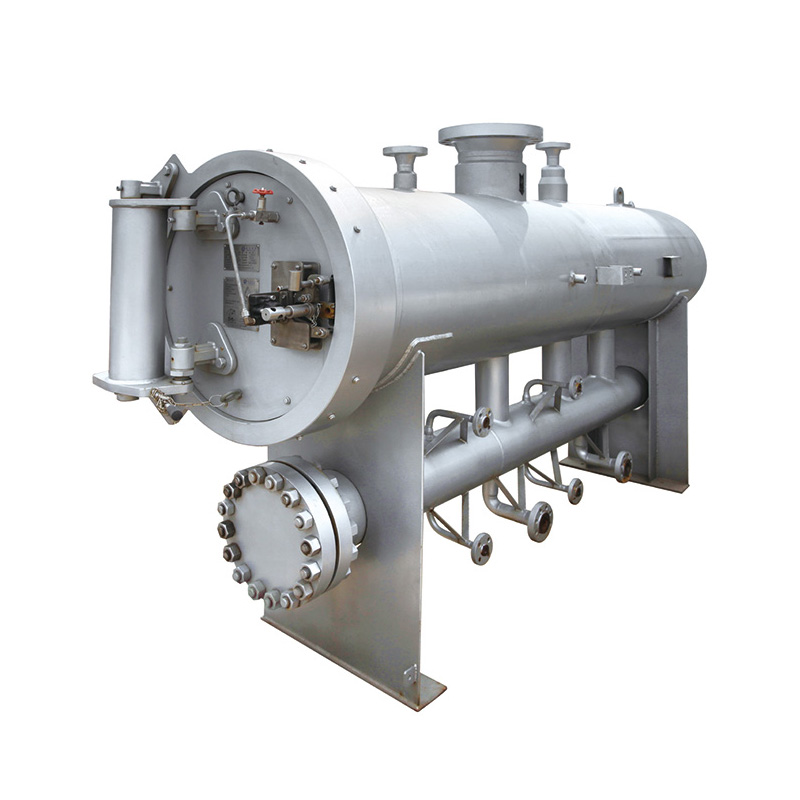
Oct . 21, 2024 21:12
Back to list
Pressure Relief Valve Mechanisms in Industrial Applications and Their Importance
The Importance of Pressure Relief Valves in Industrial Applications
In the realm of industrial engineering, safety and efficiency are paramount. One of the critical components ensuring these two factors is the pressure relief valve (PRV), known in Arabic as صمام التنفيس. These valves play a vital role in maintaining system integrity across various applications, particularly in industries such as oil and gas, chemical manufacturing, and power generation.
A pressure relief valve is designed to automatically release excess pressure from a system, preventing potential hazards like explosions or equipment failure. When pressure within a system exceeds a predetermined threshold, the PRV opens to allow excess pressure to escape, returning the system to a safe operational range. This mechanism is essential for protecting both personnel and equipment from the catastrophic consequences of overpressure events.
Types of Pressure Relief Valves
There are several types of pressure relief valves, each suited for different applications and operating conditions. The most common types include spring-loaded valves, pilot-operated valves, and rupture discs.
1. Spring-loaded valves are the most straightforward and widely used. They consist of a spring mechanism that holds the valve closed until the pressure exceeds a set limit. At that point, the spring compresses, and the valve opens to vent excess pressure. These valves are simple in design and are often used in a variety of applications due to their effectiveness and reliability.
2. Pilot-operated valves utilize a second control system—often a smaller valve—that controls the main valve's opening and closing based on the upstream pressure. This design allows for more precise control and is ideal for high-pressure applications where the larger valve would otherwise be cumbersome.
3. Rupture discs are non-reclosing devices that operate once and are designed to fail at a specific pressure. They are commonly used in situations where traditional valves may not function properly due to potential contamination or where space limitations exist.
Applications of Pressure Relief Valves
صمام التنفيس

Pressure relief valves are crucial in various industries. For example, in the oil and gas sector, PRVs are routinely employed to manage the pressure in pipelines and storage tanks. Given the volatile nature of petroleum products, these valves help prevent dangerous overpressure scenarios that could lead to spills or explosions.
In the chemical manufacturing industry, reactors often produce significant amounts of gas. Thus, PRVs are essential in preventing over-pressurization that could compromise reactor integrity and safety. These valves are used in conjunction with other safety measures, such as safety interlocks and alarms, to ensure that operators are alerted to any potential issues.
Furthermore, in the power generation sector, particularly in steam and gas turbines, pressure relief valves are essential for managing steam pressure and preventing turbine damage. They help maintain the efficiency and safety of the power generation process, reducing the risk of system failures that could lead to costly downtime.
Maintenance and Regulation
While pressure relief valves are fundamentally simple devices, their proper functioning is crucial for safety. Regular maintenance and testing are essential to ensure that these valves operate effectively when needed. Engineers often conduct routine inspections and replace components as necessary to maintain reliability.
Additionally, regulatory standards govern the design and implementation of PRVs in many countries. These regulations ensure that industries adhere to safety practices that protect both workers and the environment. Furthermore, engineers must consider the specific fluid characteristics and operating conditions when selecting and installing pressure relief valves to ensure compliance and efficiency.
Conclusion
In conclusion, pressure relief valves, or صمام التنفيس, are indispensable components in industrial systems, ensuring safety and operational efficiency. Their ability to automatically relieve excess pressure protects equipment from damage and minimizes risks in hazardous environments. Understanding their types, applications, and maintenance requirements is crucial for engineers tasked with designing and managing industrial systems. As industries continue to evolve, the importance of reliable pressure relief valves will remain a critical factor in ensuring safety and efficiency across various sectors.
Next:
Latest news
-
Safety Valve Spring-Loaded Design Overpressure ProtectionNewsJul.25,2025
-
Precision Voltage Regulator AC5 Accuracy Grade PerformanceNewsJul.25,2025
-
Natural Gas Pressure Regulating Skid Industrial Pipeline ApplicationsNewsJul.25,2025
-
Natural Gas Filter Stainless Steel Mesh Element DesignNewsJul.25,2025
-
Gas Pressure Regulator Valve Direct-Acting Spring-Loaded DesignNewsJul.25,2025
-
Decompression Equipment Multi-Stage Heat Exchange System DesignNewsJul.25,2025

